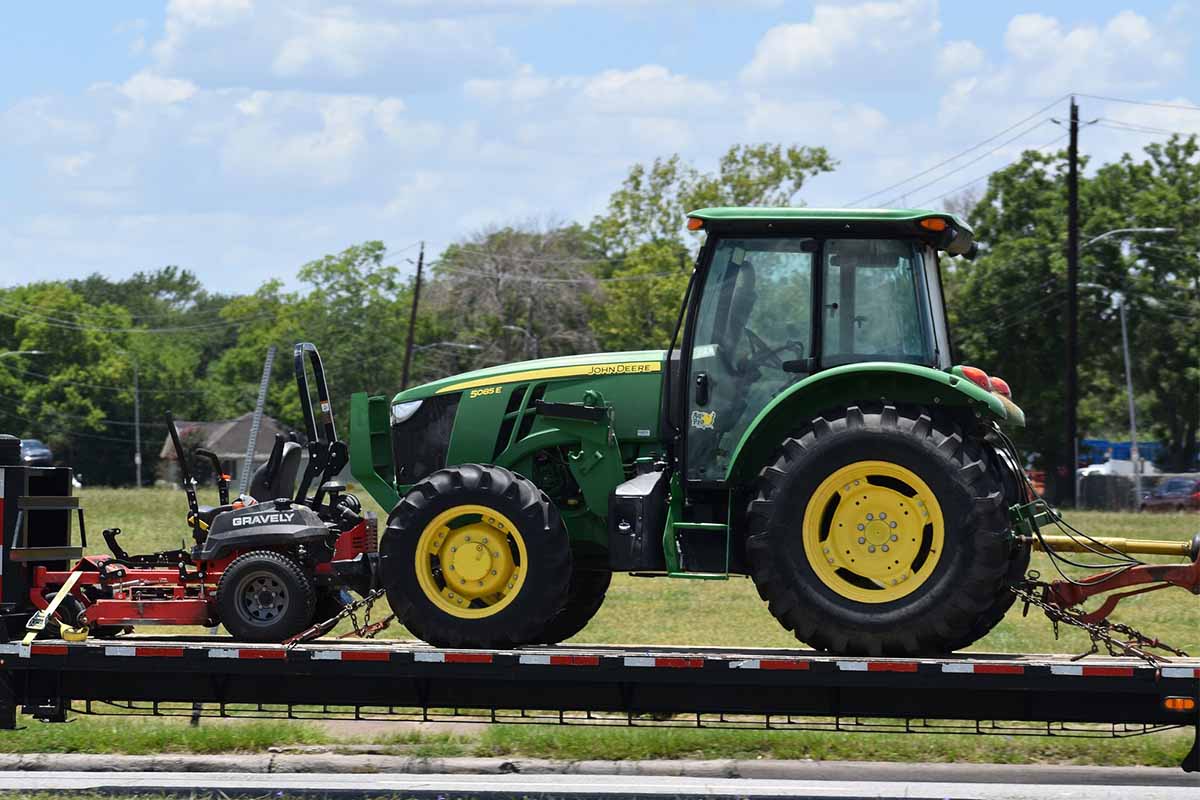Every year hundreds of carriers lose freight, experience roll-overs or are fined as a result of inadequate or non-complying load securement. An insecure load can result in LOSS OF LIFE, loss of load, damage to freight being carried, damage to the vehicle carrying the load, render a vehicle unstable or be a contributing factor to a collision or crash. In the very least, you can be fined and placed “out-of-service” should you be stopped and the securement method you are using does not meet the minimum securement standards.
Ensure that you are in FULL COMPLIANCE with the North American Cargo Securement Standard as established by the Canadian Council of Motor Transport Administrators (CCMTA) and the Commercial Vehicle Safety Alliance (CVSA).
To better understand and meet the legislation requirements, you must first understand the basic principles of a cargo securement system, how it works and how to ensure it meets the minimum requirements.
What Your Employees Will Learn
- Why is it important?
- Legislative requirements
- Understanding proper terminology: Gross axle weight, curb weight, tare weight
- Vehicle structures
- Cargo securement systems
- Identifying / proper use of the different types of tie-downs
- Chains, cinches, nylon belts
- Calculating maximum load capacity
- Proper load distribution / placement
Maximum class loading of ten (10) participants per half-day course. Certificates of successful completion are provided.










